This post may contain affiliate links. Please read our disclosure policy. As an Amazon Associate, I earn from qualifying purchases.
Sourdough vanilla cake is buttery, tender, and anything but basic. The discard adds a gentle tang that cuts through the sweetness and gives the crumb a soft, almost velvety texture. It’s a world away from the one-note sweetness of boxed vanilla cake, and it is more nuanced, more grown-up. Frosted with a cocoa buttercream, it’s smooth, rich, and deeply satisfying.
If you don’t have a sourdough starter, check out our classic vanilla cake recipe.
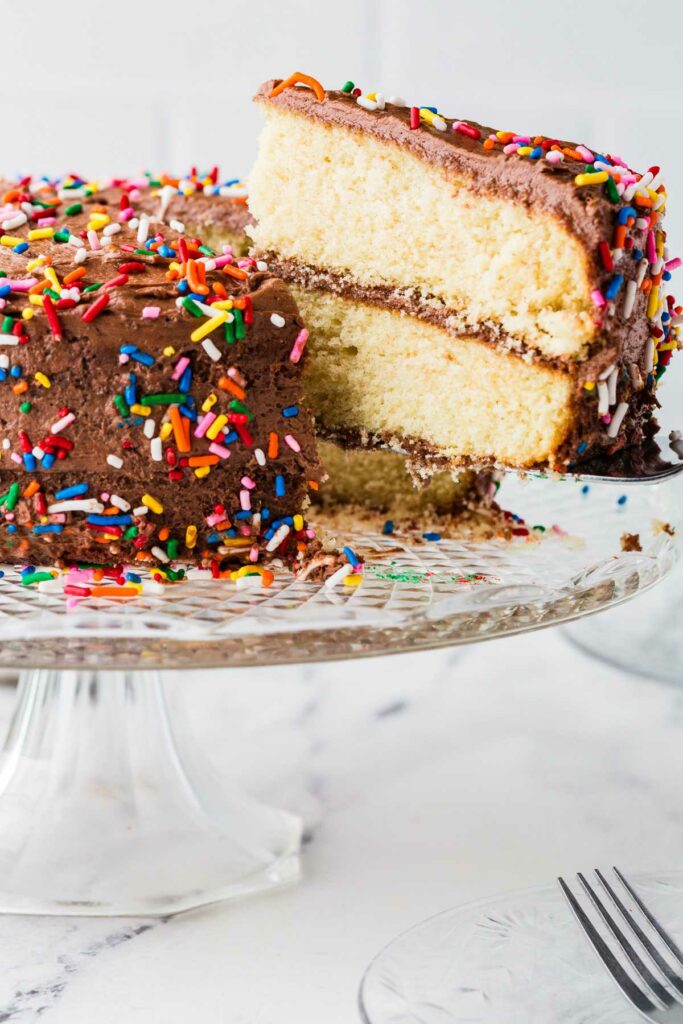
For another way to use your sourdough starter, try my sourdough apple cake.
Here’s Why This Sourdough Vanilla Cake Recipe Works
Sourdough discard for texture: It tenderizes the crumb and deepens flavor without making the cake taste “sour,” especially if your discard is fresh.
Reverse mixing method: Coating the flour in butter first builds structure and keeps the crumb fine but moist.
Chocolate frosting that’s actually chocolatey: Blooming the cocoa in hot water intensifies the flavor without making the frosting too stiff or greasy.
Sturdy but soft layers: This cake slices cleanly and stacks well, without turning dense or dry.
Curious how I adapted this recipe for sourdough discard? Jump to the recipe testing notes to learn more about the process and what worked best.
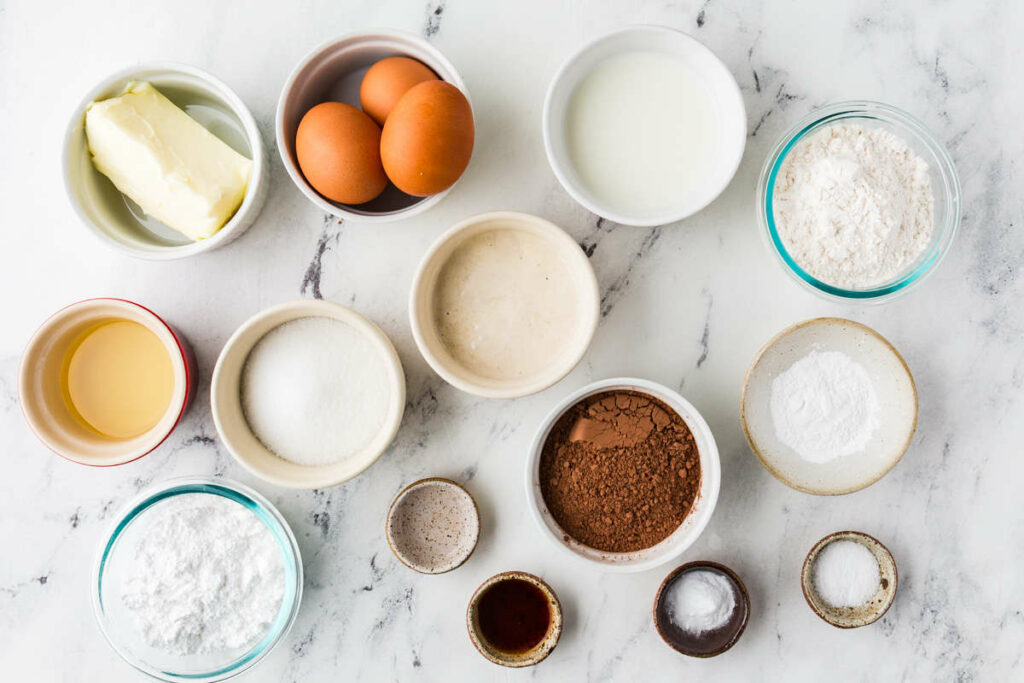
If you like this recipe, try my sourdough pound cake next. It’s richer, denser, and shows how discard can shine in a more classic, buttery crumb.
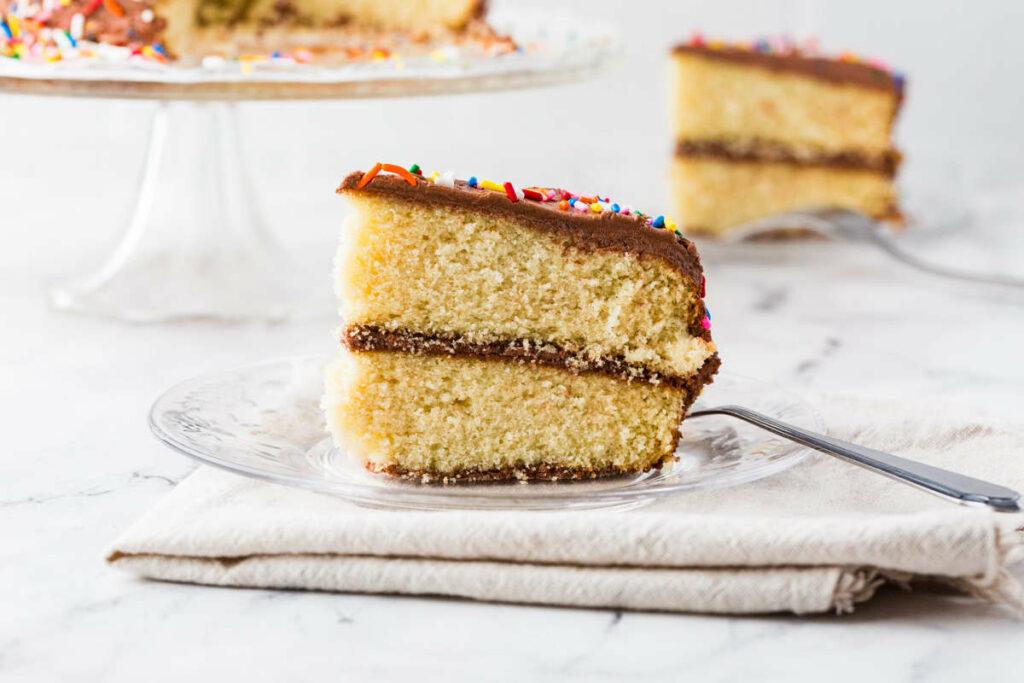
Recipe Tips
Use fresh discard: Stick to discard that’s less than 5 days old to avoid excessive acidity and sharp, over-fermented flavors that can overpower the cake. .
Don’t skip the mixing stages: Each step builds structure. Beating the first half of the liquid in for 2 minutes is key.
Cool the cocoa paste: Before adding butter to the frosting, make sure the cocoa-water paste is at room temp.
Weigh your ingredients: A scale keeps the ratios consistent, especially with flour cocoa, and sugar. If you don’t have a scale, lightly spoon the ingredients into your measuring cups.
Room temp ingredients matter: Cold eggs or butter will throw off the emulsion and affect the rise.
Line your pans well: Use parchment and spray the sides to prevent sticking. This cake is soft and can tear if it clings.
Don’t overbake: Pull the cakes when a toothpick comes out with a few moist crumbs; overbaking dries out the tender crumb fast.
Cool completely before frosting: Warm cake + buttercream = melting mess. Let it cool all the way to avoid sliding layers.
For a deeper, cocoa-forward option, check out my sourdough chocolate cake. It’s moist, bold, and makes excellent use of discard in a totally different flavor profile.
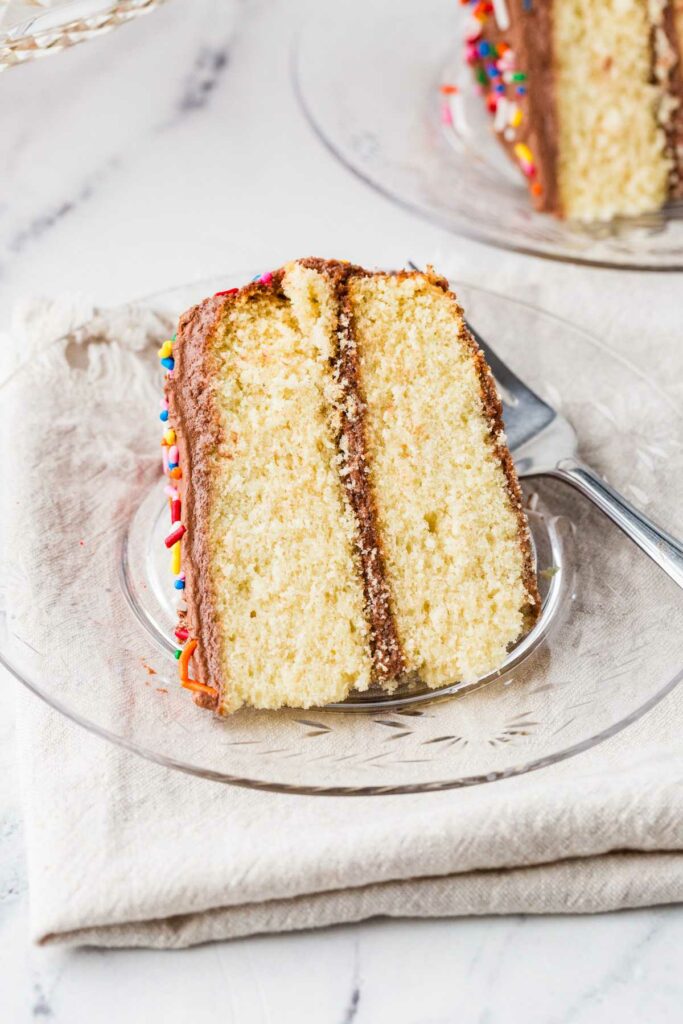
Sourdough Discard Vanilla Cake
This sourdough vanilla cake is all about balance; tender but sturdy, sweet with a hint of tang, and capped off with an ultra-chocolatey cocoa buttercream. It’s a smart way to use discard, and a great excuse to bake cake just because.
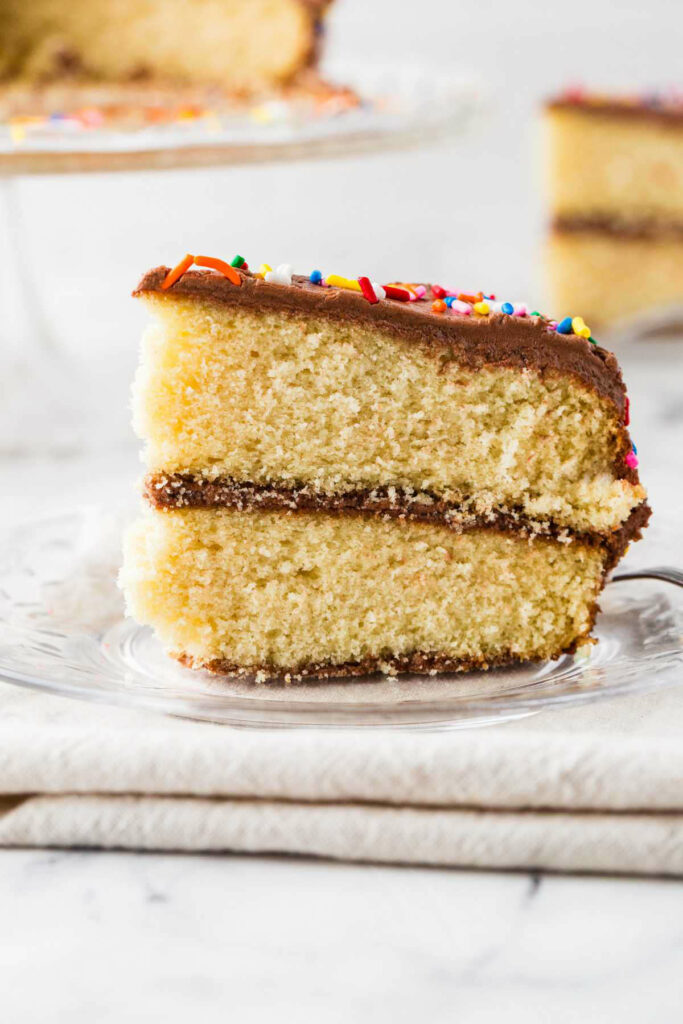
Pin this now to find it later!
Pin It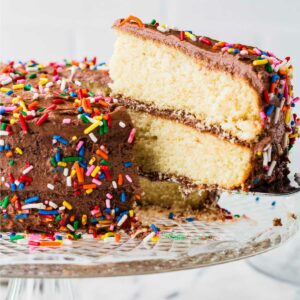
Sourdough Vanilla Cake
If you make this recipe, please leave a star rating and comment.
Ingredients
Cake Ingredients
- ½ cup whole milk, 113 grams
- ¼ cup vegetable oil, 50 grams
- 2½ teaspoons vanilla extract
- ⅛ teaspoon almond extract, optional
- 2 cups all-purpose flour, 240 grams
- 1½ cups granulated sugar, 300 grams
- 3 teaspoons baking powder
- ½ teaspoon baking soda
- ¾ teaspoon salt
- 8 tablespoons butter, softened (113 grams)
- ½ cup sourdough discard, 120 grams
- 3 large eggs, 150 grams
Chocolate Buttercream Ingredients
- 20 tablespoons butter, softened, 283 grams
- ¼ teaspoon salt
- 3¾ to 4½ cups powdered sugar, 420 grams
- 1 cup unsweetened cocoa powder, 84 grams
- 2 to 3½ tablespoons milk, or cream
- 1½ teaspoons vanilla extract
Instructions
Sourdough Cake
- Preheat the oven to 340°F. Line two 8-inch round cake pans (or one 13×9-inch pan) with parchment paper and spray with cake release spray.
- Combine the liquid ingredients: In a small bowl or measuring cup, mix the milk, oil, vanilla extract, and almond extract (if using). Set aside.
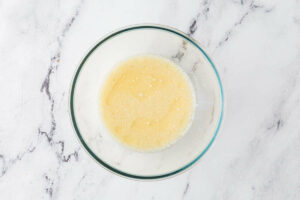
- Sift and mix the dry ingredients: In a large mixing bowl (or the bowl of a stand mixer), sift together the flour, sugar, baking powder, baking soda, and salt. Whisk to combine.
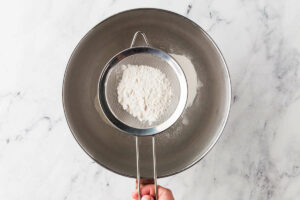
- Add the butter: Add the softened butter to the dry ingredients. Beat on medium speed until the mixture resembles damp sand and clumps together when squeezed.
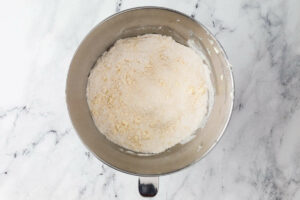
- Add part of the liquid: Pour in ½ cup of the milk/oil mixture and beat on medium speed for 1½ to 2 minutes to develop the structure. Don’t worry, this won’t toughen the cake since the flour gets coated in butter.
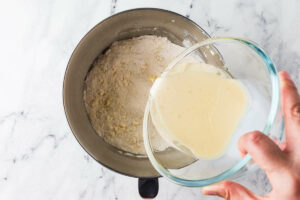
- Add remaining liquid and discard: Scrape down the bowl. With the mixer on medium-low speed, slowly drizzle in the remaining milk/oil mixture, followed by the sourdough discard. Mix just until combined.
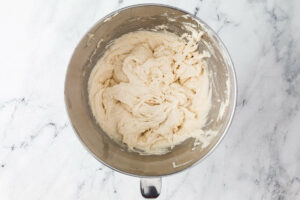
- Add the eggs: Scrape down the bowl again. Add the eggs one at a time, mixing well after each addition, and thoroughly scraping down the sides of the bowl.
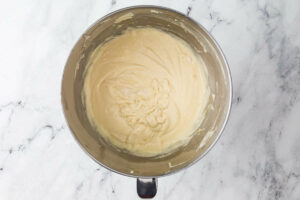
- Divide and bake: Pour the batter evenly into the prepared pans. Bake for 25 to 30 minutes, or until a toothpick inserted in the center comes out clean or with a few moist crumbs.
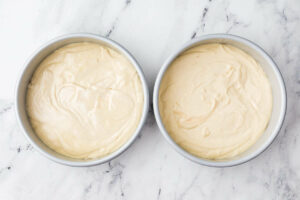
- Cool the cakes: Let the cakes cool in the pans on a wire rack for 10 to 15 minutes, then carefully turn them out and let them cool completely before frosting.
Chocolate Buttercream
- Place the butter and salt in a mixing bowl and beat on medium speed for 2 minutes, until smooth and creamy.
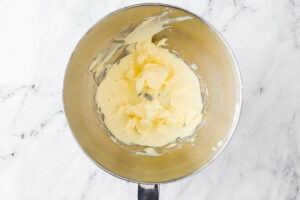
- Add 3¾ cups of powdered sugar, one cup at a time, mixing well after each addition. Slowly add the cocoa powder and blend on medium speed until fully incorporated.
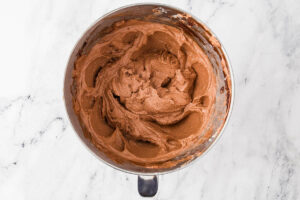
- Add 2 tablespoons of the milk (or cream), and vanilla extract. Increase the speed and beat for 2 to 3 minutes. Stop the beater and check the consistency. Add additional powdered sugar if it is too thin or add extra milk if it is too thick.
- Once the cakes are completely cool, spread a layer of frosting over the top of one cake, then place the second cake on top. Frost the top and sides of the stacked cake. Decorate with sprinkles, chocolate curls, or whatever your heart desires.

Notes
Nutrition
Nutrition information is automatically calculated, so should only be used as an approximation.
 Like this recipe? Rate & comment below!
Like this recipe? Rate & comment below!Recipe Testing Notes
This sourdough vanilla cake started as an adaptation on my standard vanilla layer cake. To incorporate sourdough discard without compromising structure, I made several rounds of adjustments, especially to balance hydration, fat, and flour strength.
This cake needed more fine-tuning than denser recipes like scones or cookies, where discard can often sub in with minimal changes. Here’s what changed and why:
Discard replaced sour cream and part of the milk: I swapped in ¾ cup (180 grams) of 100% hydration sourdough discard, which adds 90 grams water and 90 grams flour. To balance this, I removed ¼ cup (57 grams) sour cream and reduced the milk from 227 grams to 179 grams. This kept the batter from turning loose or overly wet.
Flour reduced for balance: I cut the all-purpose flour from 390 grams to 330 grams to offset most of the 90 grams of fermented flour in the discard. Unlike fresh flour, discard doesn’t provide structure in the same way, so I didn’t swap it one-to-one. This helped preserve the cake’s soft crumb without making it fragile.
Fat adjusted for texture: The first test was too oily, likely because fermented flour doesn’t absorb fat as efficiently. I reduced the oil from 100 grams to 66 grams and the butter from 168 grams to 140 grams. This gave the cake a cleaner crumb and more balanced texture.
Final scale-down: After locking in the ingredient ratios, I scaled the entire recipe to 75%. The discard dropped to ½ cup (120 grams), and the yield became two 8-inch layers or one 13×9-inch cake.

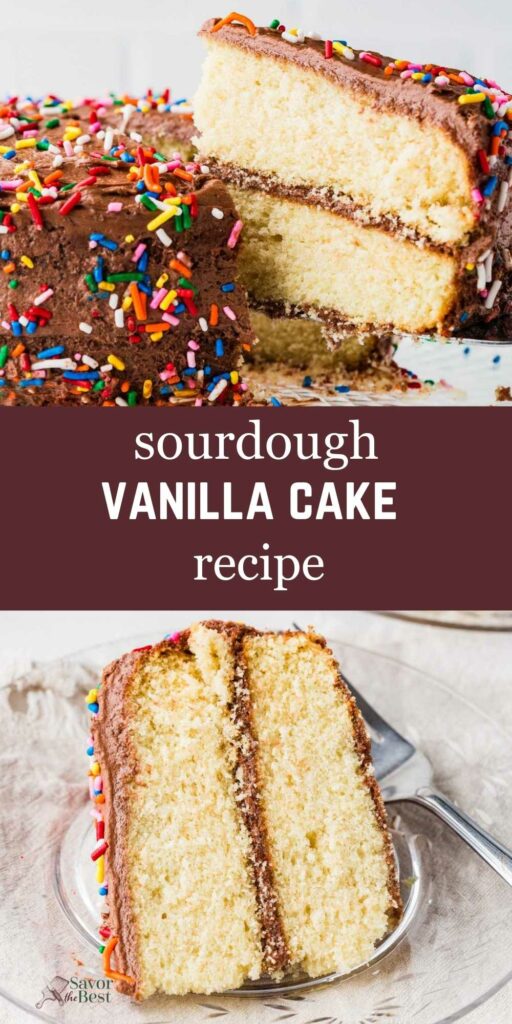
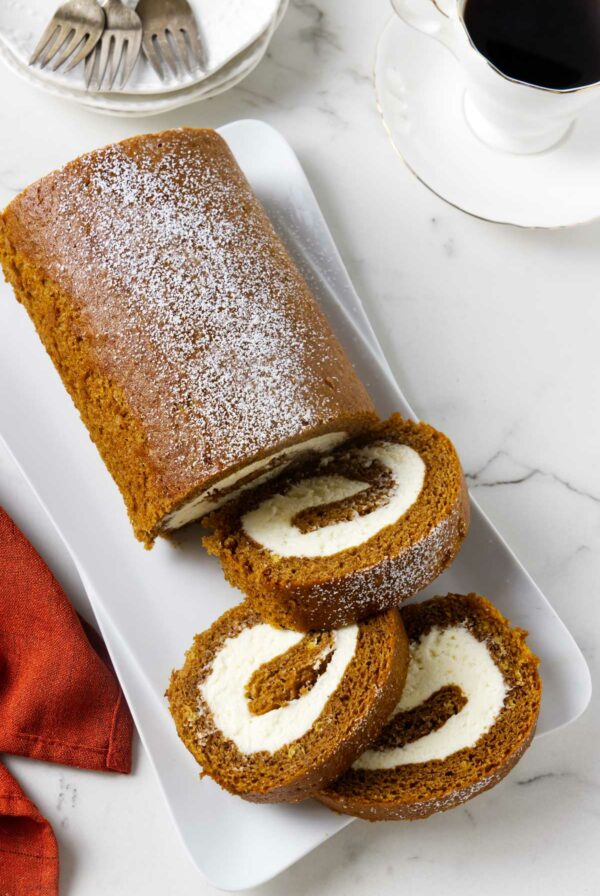
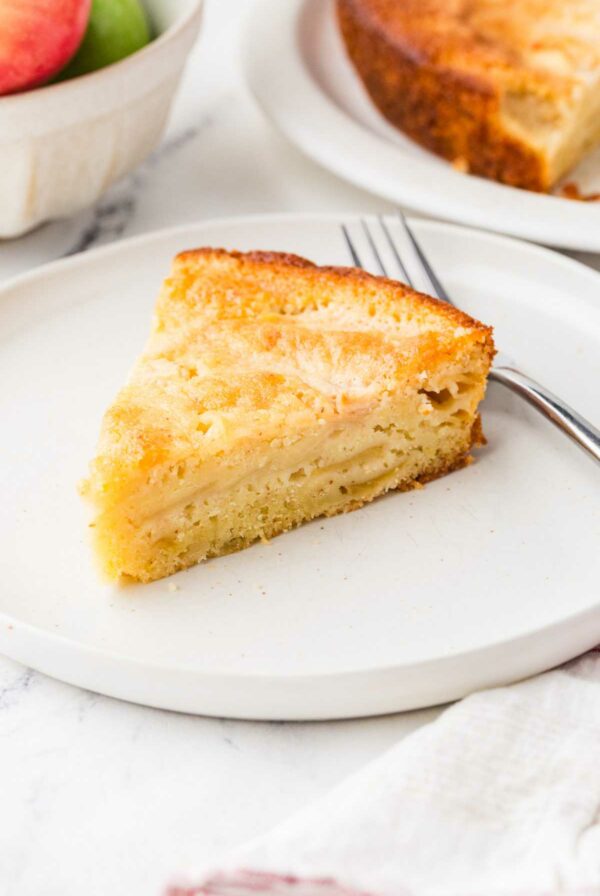
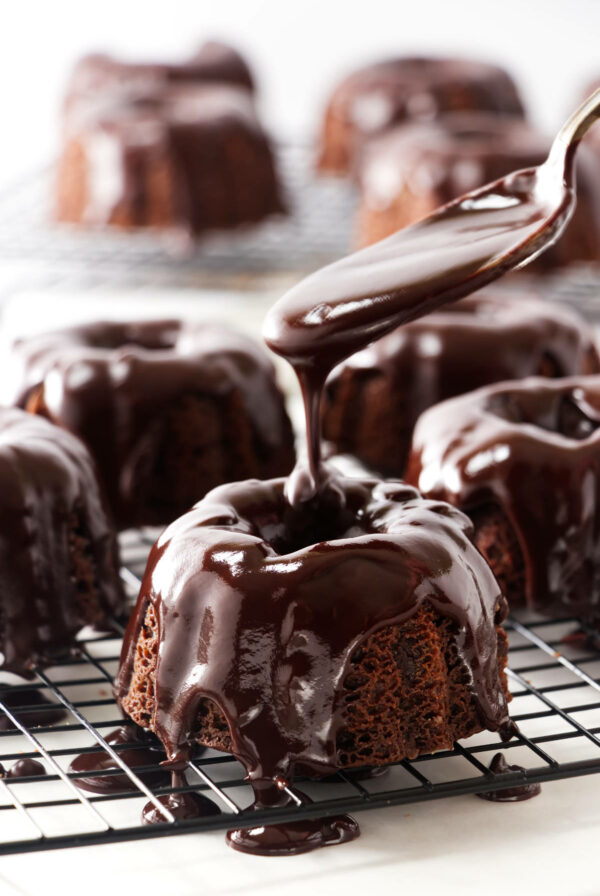
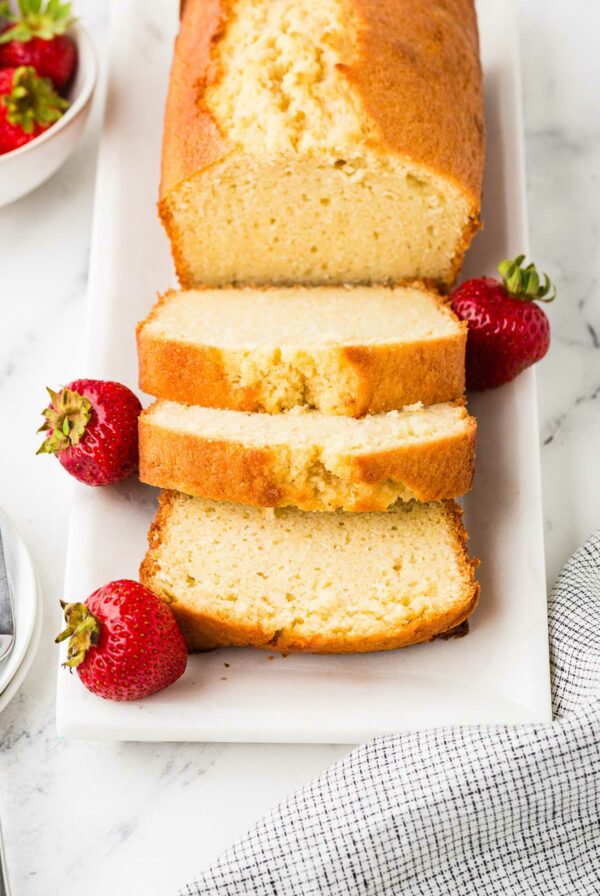










I baked this cake on a random Wednesday night. Wednesday’s deserve cake too! 🍰 It turned out to best decision! The recipe was easy to follow with simple ingredients I already had on hand (I managed to pull this off while simultaneously cooking spaghetti for dinner).
Confession: I totally goofed and didn’t read the tips at the end of the recipe until after baking. Room temperature butter and eggs really do matter, so my cake didn’t rise quite as much in the middle. Luckily, I leveled it out and once the chocolate buttercream went on… WOW. The combination of rich chocolate, vanilla cake, and that subtle tang from the sourdough discard is absolutely fantastic—so indulgent and delicious. A world away from boxed indeed!
My family is still happily eating it days later (now Friday). Definitely a recipe I’ll be making again—next time with properly room-temp butter and eggs for the perfect rise!
I agree, Wednesday absolutely deserves cake, 🎉 I’m so glad your family is enjoying the cake. Thanks for sharing your bake, it made my day to read this!